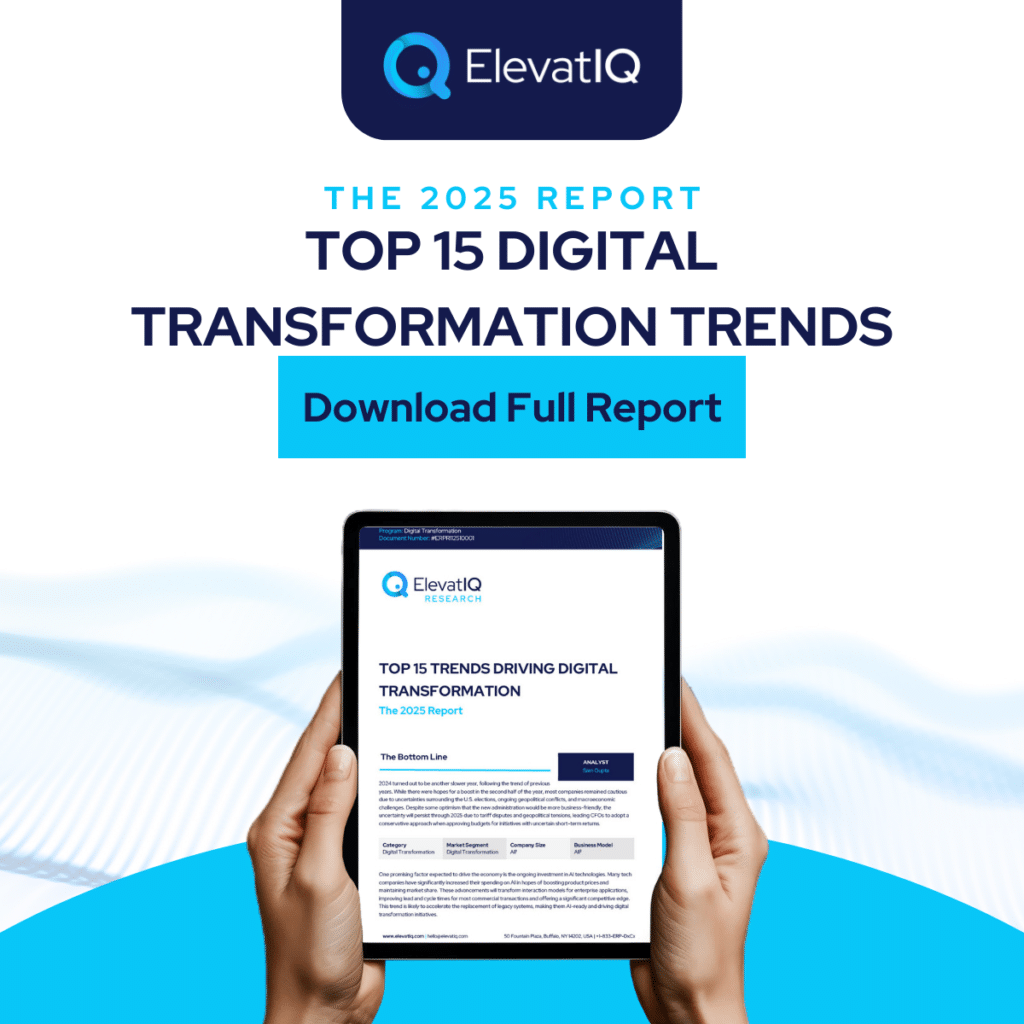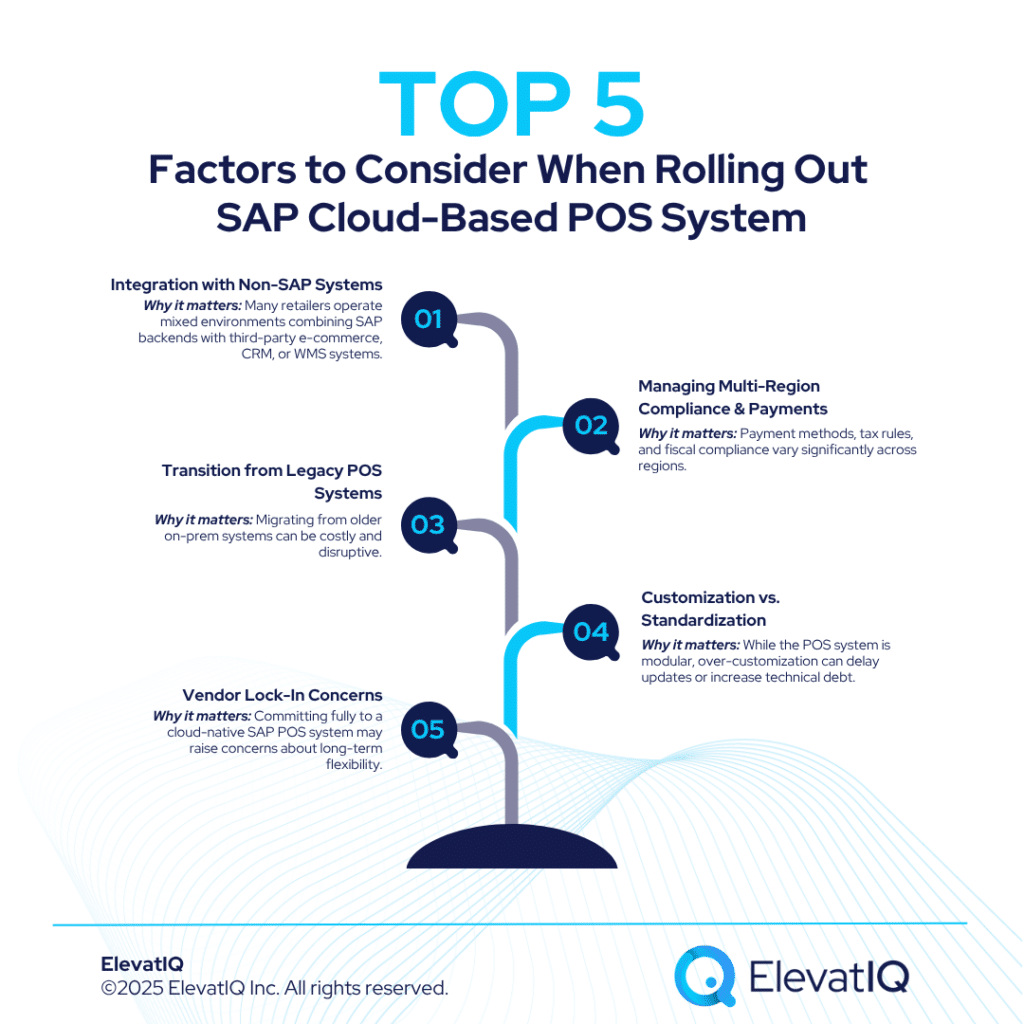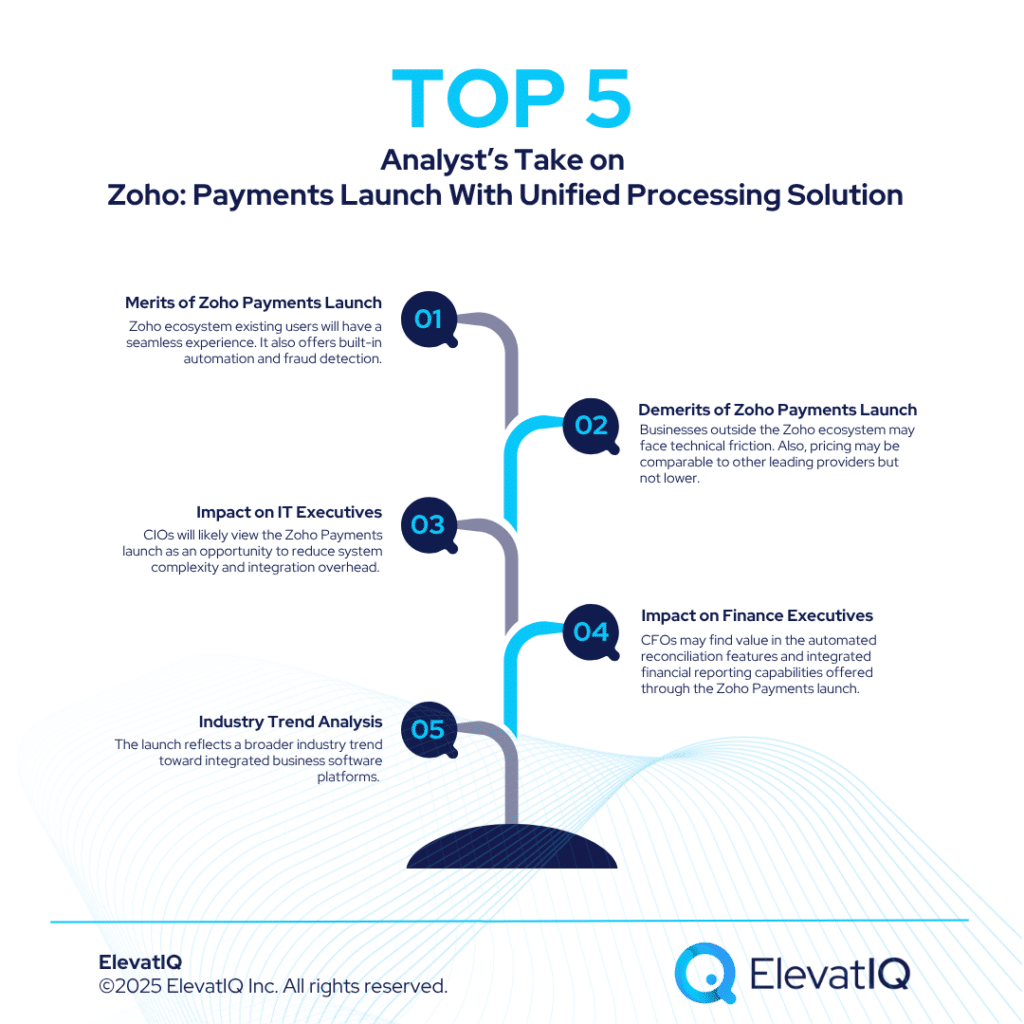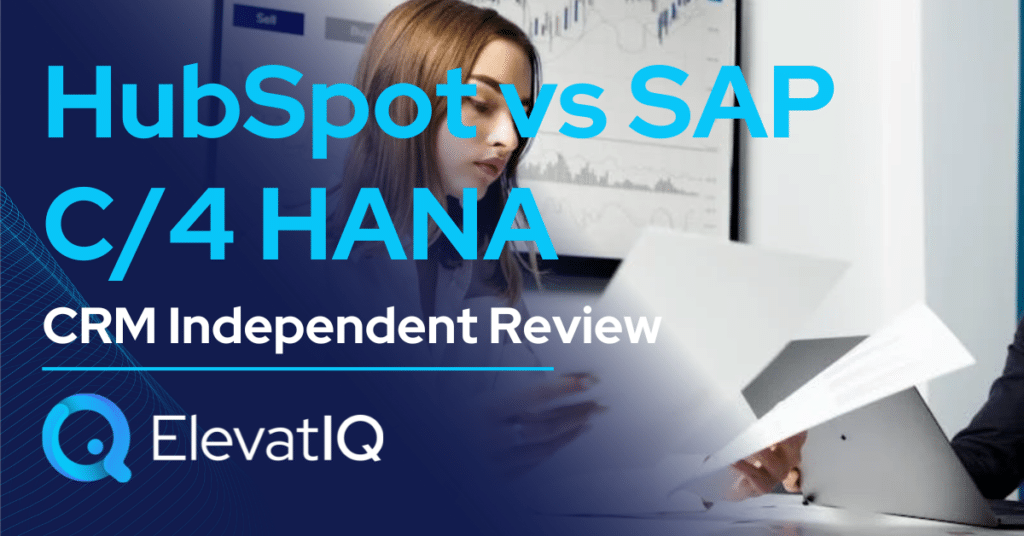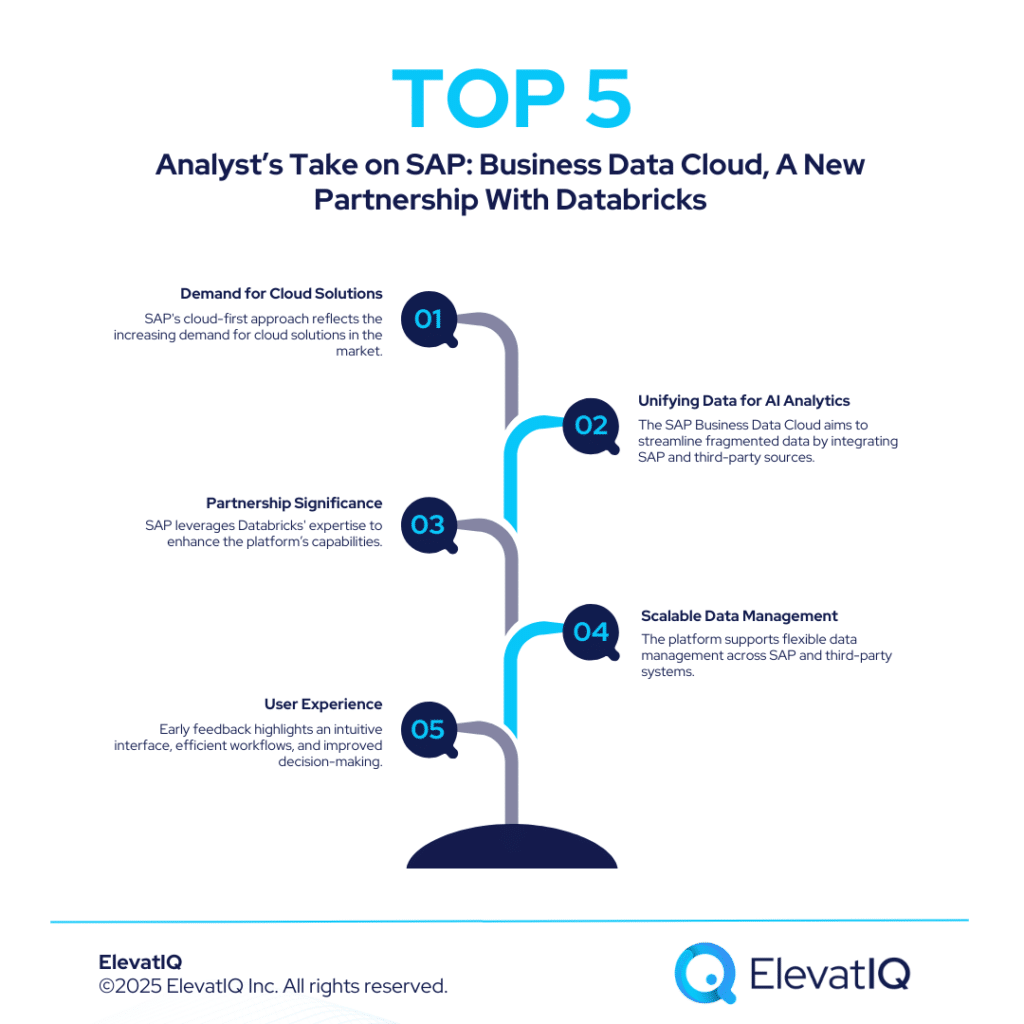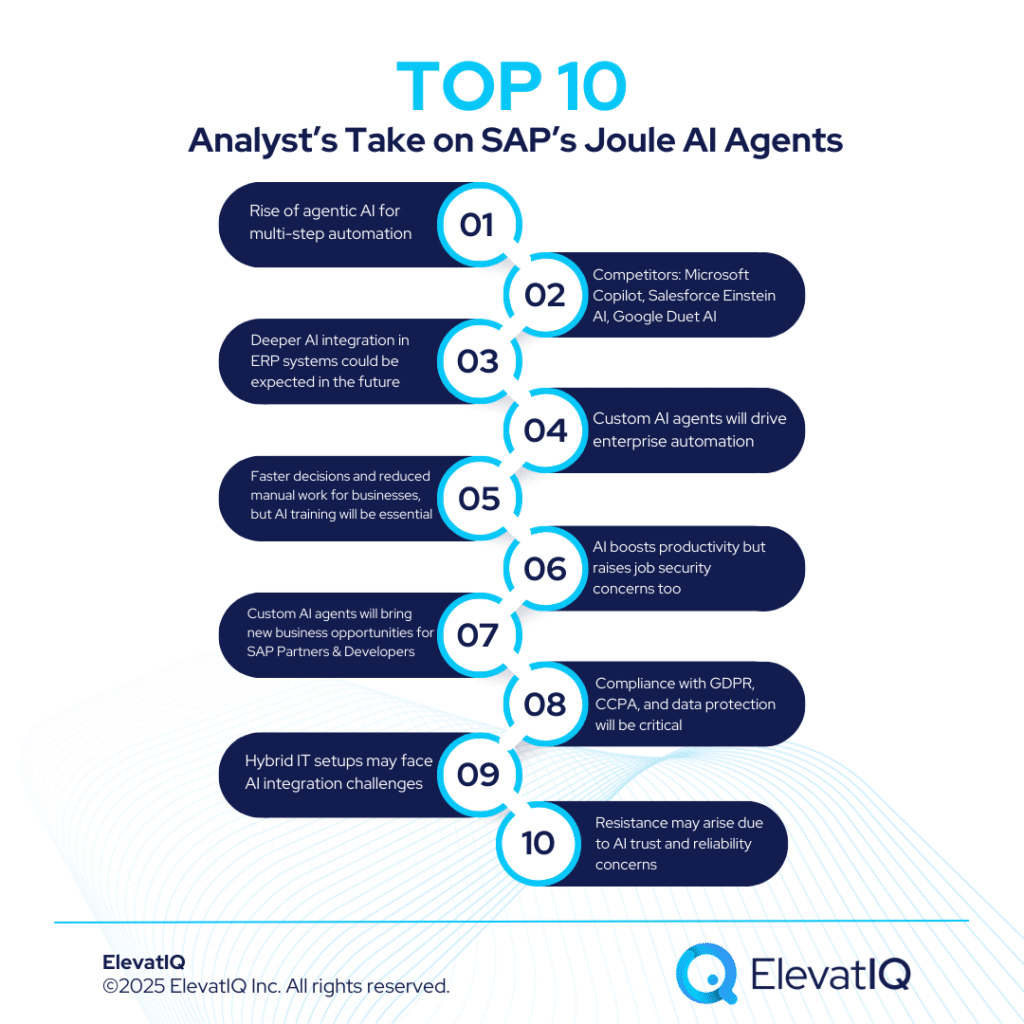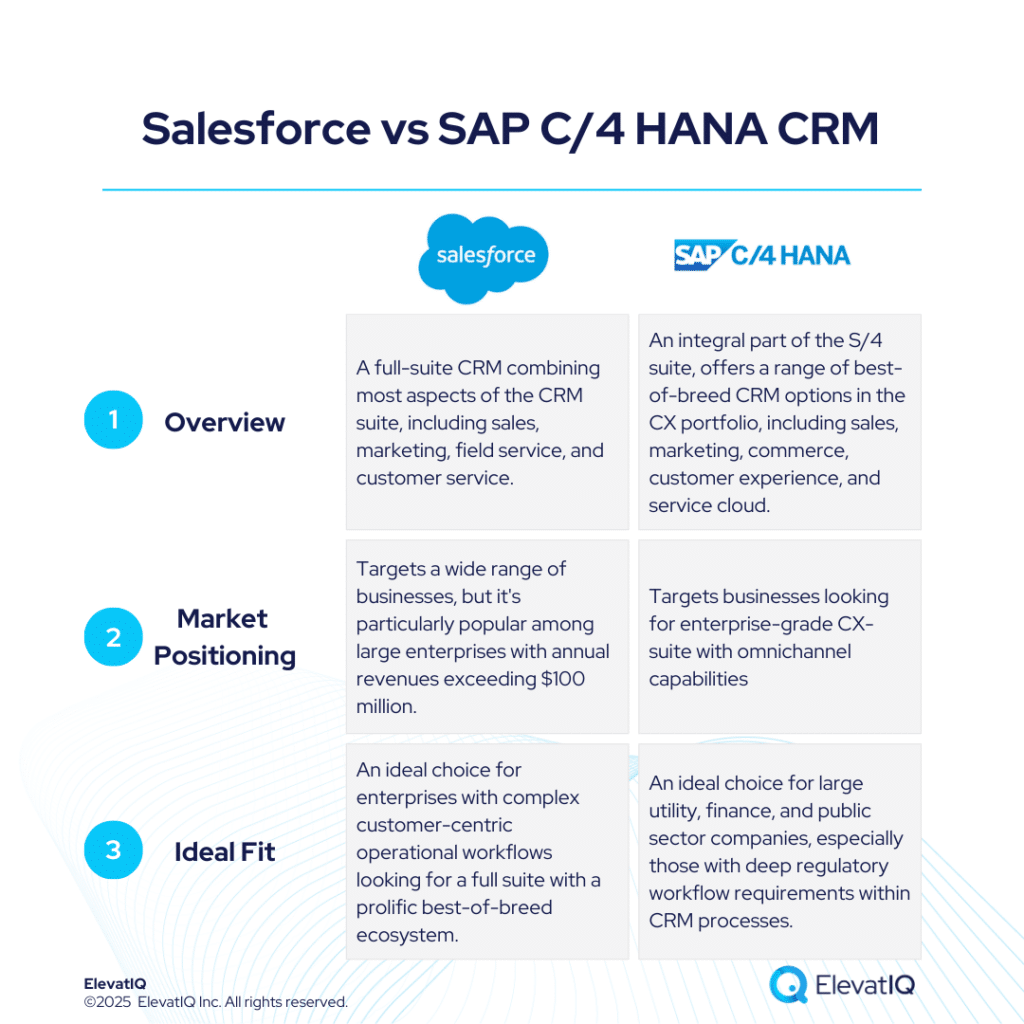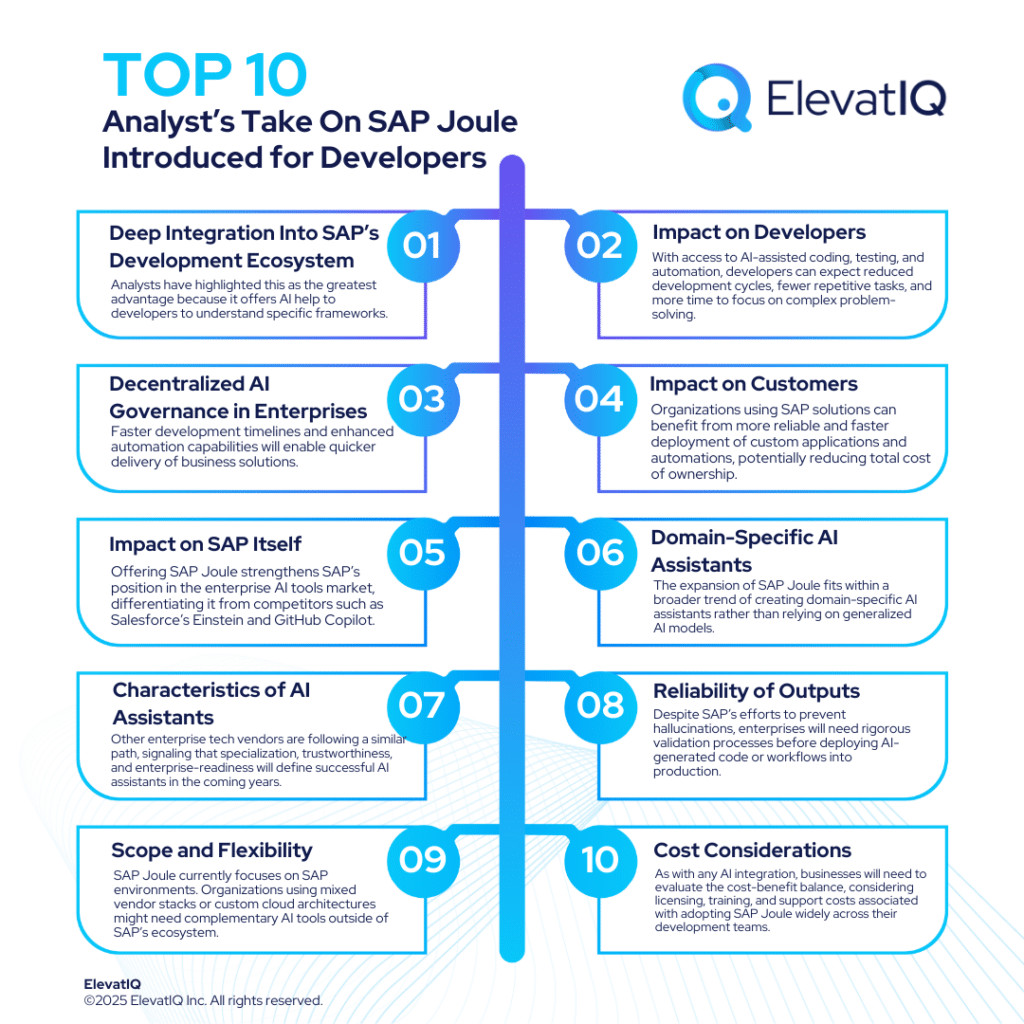SAP has officially launched a new cloud-based edition of its Customer Checkout solution, aiming to modernize in-store operations for global retailers. The SAP cloud-based POS system introduces a modular, scalable alternative to legacy systems. Thus, enabling faster time-to-market for omnichannel commerce, and offering native integration with SAP S/4HANA and SAP Business Technology Platform (BTP).
This launch signals a strategic push from SAP to support retail digital transformation with cloud-first architecture and composable services. As businesses seek to unify customer experiences across physical and digital channels, the SAP cloud-based POS system arrives with notable capabilities but also important considerations for implementation.
Key Highlights from SAP’s POS Launch
According to the official press release, the new SAP cloud-based POS system is part of SAP’s broader RISE and GROW offerings. It’s designed to meet the evolving needs of midsize and large retailers who are re-evaluating their store tech stacks.
“This cloud-based version of SAP Customer Checkout provides a simple and fast-to-deploy POS solution for customers with basic to moderately complex requirements,” said Harald Tebbe, Global Head of SAP Customer Checkout.
“Retailers want an easy-to-implement and centrally managed solution that integrates seamlessly into SAP’s digital core. We’re now making this available as a SaaS solution,” added Andre Bechtold, SVP, Partner Ecosystem Success at SAP.
Key features of the SAP cloud-based POS system include:
- Native integration with SAP S/4 HANA for transaction accuracy and inventory sync
- Cloud deployment on SAP BTP for easier extensibility and monitoring
- Standardized interfaces for payment, refunds, loyalty programs, coupons, and gift cards
- Central management of multiple store locations.
- Modular architecture enabling customization for specific industries or geographies

SAP is positioning the POS system as a foundation for real-time in-store commerce, while allowing retailers to avoid long IT projects or on-prem infrastructure challenges.
Why This Matters for Retail Enterprises
Retail organizations are under pressure to unify their customer experiences across physical and digital touchpoints while also simplifying backend complexity. Many are stuck with siloed POS systems that don’t align with enterprise-wide ERP or customer data platforms.

The SAP cloud-based POS system addresses this gap by offering:
- Real-time transaction synchronization across channels
- Faster rollout cycles for new locations or market expansions
- Centralized data governance, reducing compliance risks
- Streamlined support and updates via cloud deployment
For enterprise IT leaders, the cloud-native approach also reduces total cost of ownership (TCO) compared to traditional monolithic systems, especially when paired with RISE with SAP or GROW packages.
Considerations and Challenges And What to Do
Despite its advantages, the transition to the SAP cloud-based POS system is not without challenges. Retailers should assess their readiness across architecture, data, and operations. Below are five critical considerations and what to do about each.
1. Integration with Non-SAP Systems
Why it matters: Many retailers operate mixed environments combining SAP backends with third-party e-commerce, CRM, or WMS systems.

What to do:
- Perform a system landscape analysis to identify API or middleware requirements.
- Use SAP BTP integration suite or other iPaaS tools for real-time sync.
- Plan data model alignment between POS, ERP, and loyalty systems.
2. Managing Multi-Region Compliance and Payments
Why it matters: Payment methods, tax rules, and fiscal compliance vary significantly across regions.
What to do:
- Validate regional certification and compliance readiness of the SAP cloud-based POS system in target countries.
- Integrate with payment service providers (PSPs) that are already SAP certified.
- Design fallback procedures for offline or edge scenarios.
3. Transition from Legacy POS Systems
Why it matters: Migrating from older on-prem systems can be costly and disruptive.
What to do:
- Start with a pilot in a low-risk store cluster.
- Define KPIs (transaction latency, uptime, return handling) to measure success.
- Map legacy workflows to new processes and train store teams in parallel.
4. Customization vs. Standardization
Why it matters: While the POS system is modular, over-customization can delay updates or increase technical debt.
What to do:
- Align stakeholders on where standardization adds value.
- Use SAP BTP’s extension layer for non-core custom features.
- Document governance rules for future modifications.
5. Vendor Lock-In Concerns
Why it matters: Committing fully to a cloud-native SAP POS system may raise concerns about long-term flexibility.
What to do:
- Ensure SLAs and exit clauses are reviewed before contract finalization.
- Keep integration patterns open to future-proof the architecture.
- Regularly evaluate the system against evolving retail requirements.
The Role of Independent Advisors
The new SAP cloud-based POS system reflects SAP’s broader commitment to composable enterprise retail, where modular tools are delivered as cloud services and integrated via standard APIs. This aligns with SAP’s shift toward a platform-centric model centered around SAP BTP. However, with increased modularity comes greater architectural responsibility for retailers, who must stitch together analytics, CRM, inventory, and customer touchpoints into a cohesive commerce fabric.
This is where working with an independent digital transformation consultant becomes essential. Unlike software vendors, independent consultants like ElevatIQ focus on:
- System selection and benchmarking across multiple POS and retail platforms
- End-to-end implementation strategy, from pilots to phased rollout
- Process reengineering to align store operations with new technology
- Governance and post-go-live support, ensuring performance optimization
By partnering with the right advisory team, retailers can accelerate deployment, minimize risk, and unlock true ROI from their cloud investments.
Final Thoughts
The launch of the SAP cloud-based POS system isn’t just another product release, it’s a clear signal that cloud-native, composable retail is becoming the new standard. For enterprises already invested in the SAP ecosystem, this opens up a streamlined path to unify store and digital channels under a shared architecture.
But the journey requires careful navigation, balancing innovation with operational readiness, and speed with strategic alignment. Retailers that approach this shift holistically, with the support of independent digital transformation consultants, stand to gain not just a modern POS system but a future-ready commerce foundation.
